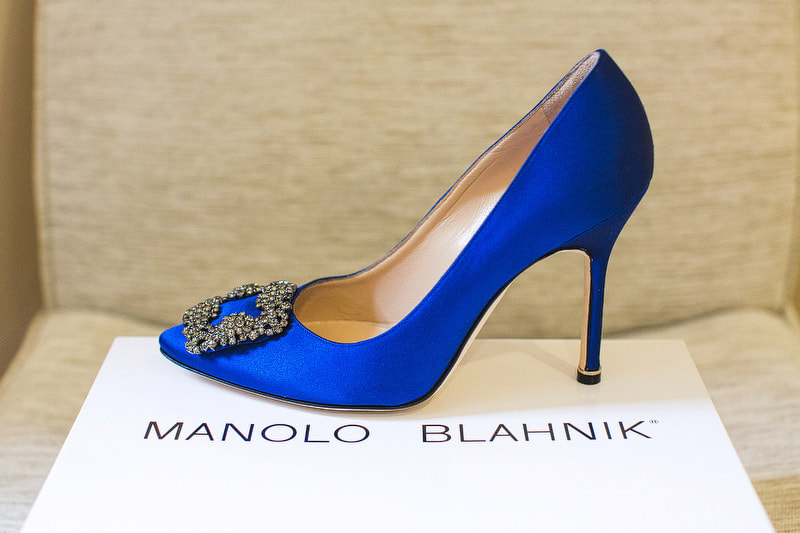W/C 07.01.19
1. You Get What You Pay For |
Weekly
|
'The demise of traditional manufacture' - a talk by Craig Whittet
|
|
Responsibility - both as a consumer and a designer - is something is something that I have become very aware of lately. Perhaps it’s all the Vivienne Westwood interviews I watched whilst writing a recent great design blog post (read it here). She says the best thing she ever said was “buy less”, and I think that’s what Craig was getting at too. The ideal is to spend your money on a few select, well made, long lasting items. The initial cost is higher but you get what you pay for. Take interest in the story behind your purchases, appreciate the manufacturing skill behind them, and recognise their worth. Quality over quantity.
I recently watched a documentary with the same message about the fashion industry; apparently the second most polluting industry after gas and oil. I was left thinking that whilst the solution is obvious I don’t think the consumer of today will be taking note anytime soon – we love fast fashion, we love to stay current, and sticking to the same items for years isn’t so trendy. It's exciting to buy new things, and our tastes change. The argument also falls short, when given examples such as Manolo Blahnik's high end shoes, which are really just a statement, and probably only worn once or twice. So while I’m on board with Craig, I wonder whether it’s a lifestyle choice reserved for those with a passion for design - and the money to invest in high quality products. |







